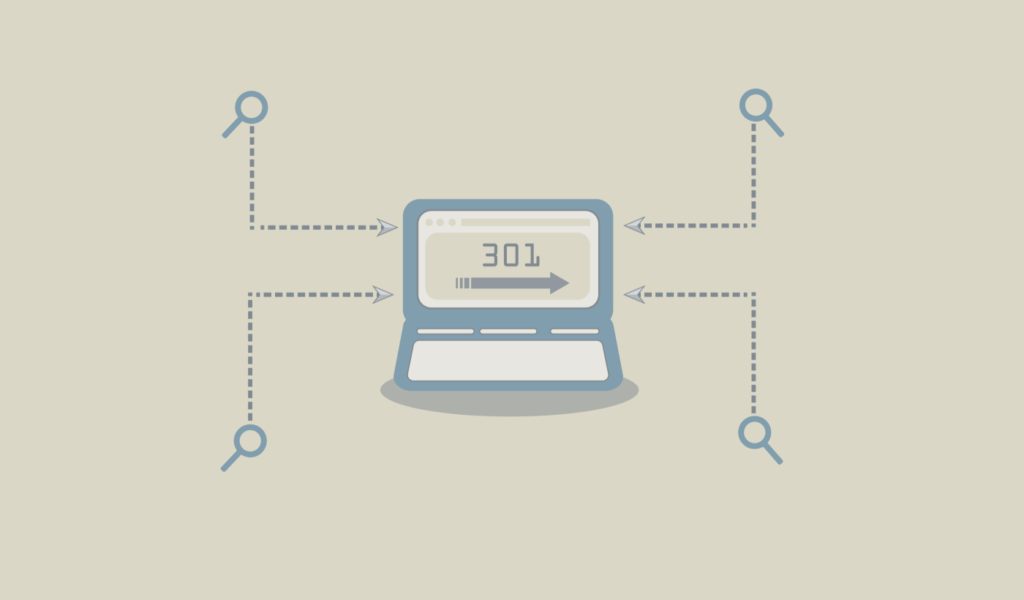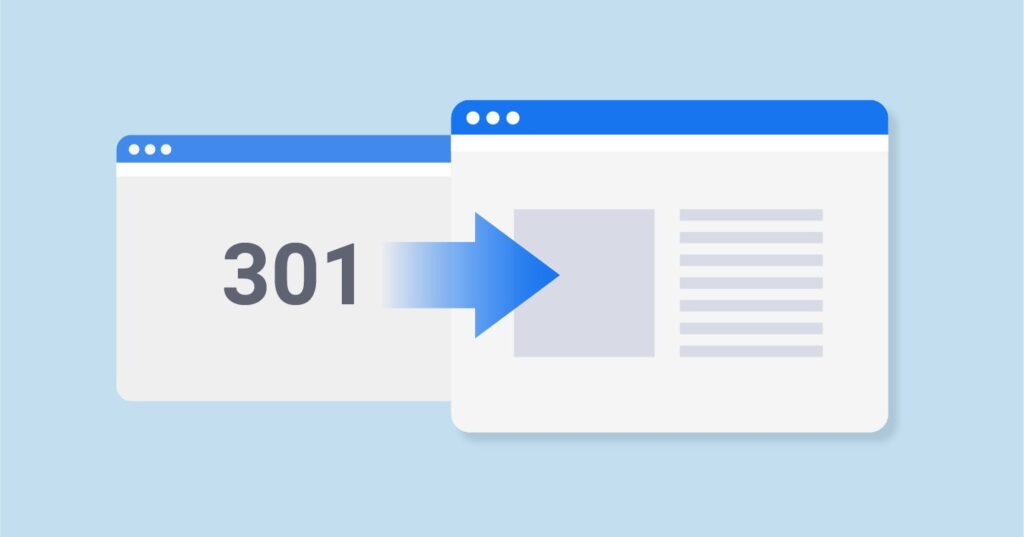If you are reading this blog – welcome to the world of website optimization and search engine ranking! As a beginner, one of the many important tools you’ll need in your SEO arsenal is the .htaccess file. While it may initially sound intimidating, the .htaccess file is a simple configuration file that can be used to improve your website’s SEO and user experience.
In particular, the 301 redirect can be leveraged as a powerful tool to help you redirect old, outdated, or broken URLs to new ones, allowing you to preserve link equity, improve user experience, and boost your website’s search engine ranking. Here, we’ll take you through everything you need to know to leverage .htaccess 301 redirects to boost your SEO. So, sit back, grab a cup of coffee, and dive in!
What is a 301 Redirect and How Does It Work?

A 301 redirect is a handy tool commonly implemented through the .htaccess file on a web server, which allows you to redirect one URL to another.
But why would you want to do that?
Well, there are several reasons, but one of the primary benefits of doing so is that it helps maintain your website’s ranking on search engines. When you create a 301 redirect, you’re telling search engines that the old URL should be replaced with the new one, which ensures that any links pointing to the old URL will still lead to the appropriate page. In other words, you’re redirecting “link juice” (a term used in SEO to describe the value of incoming links) to the new page rather than losing it altogether.
But how does a 301-redirect work? Let’s explore the process in more detail.
When Should You Use a Permanent (301) Redirect?

A 301 redirect should be used when you must permanently redirect one URL to another. This is often used when a website has been redesigned and the URL structure has changed. It can also be used when a website is moving to a new domain or when you want to consolidate multiple pages into one. A 301 redirect tells search engines that the original URL is perpetually moved to a new location and also passes on any link equity the original URL had. It’s significant to use a 301 redirect rather than a temporary redirect (302) because a 301 redirect is seen as a permanent change, and search engines will update their index accordingly.
3 Reasons Why You Should Use a .htaccess File for Your Domain’s SEO Health

A .htaccess file is a secret weapon that many website owners don’t know about. So, let’s plunge into .htaccess files and why they are a game-changer for your website’s success. Here are three reasons to start using a .htaccess file for your domain’s SEO health and see the results you’re after.
1. Control Over URL Structure
A .htaccess file allows you to control your website’s URL structure, which is critical for SEO. With this file, you can rewrite URLs and make them more SEO-friendly by adding keywords and removing unnecessary characters. This also helps in keeping them clean and readable. This, in turn, helps search engines understand what your website is about and index it more efficiently.
2. Redirects and Error Pages
A .htaccess file enables you to set up redirects and error pages. Redirects are vital when you need to redirect your old pages to new ones, and error pages are helpful when users land on broken links. Using these tools ensures that your website visitors have a smooth experience, leading to better user engagement and, ultimately, higher rankings in search engines.
3. Security and Performance
A .htaccess file also enhances your website’s security and performance. It enables you to protect your website from attacks by blocking unwanted visitors or bots. Additionally, the file allows you to compress data, allowing your site to load faster, which is one of the many ranking factors for Google.
What Are the Best Practices for Implementing .htaccess 301 Redirects for SEO?

Implementing .htaccess 301 redirects can be tricky. If done incorrectly, it can lead to a drop in search engine rankings and traffic. For best results, you should follow these .htaccess 301 redirect best practices.
1. Identify All the URLs That Need to be Redirected
Before implementing .htaccess 301 redirects, identify all the URLs that need redirecting. This can be done using tools like Google Search Console, SEMrush, or Ahrefs to crawl your website and identify broken or redirected links. You can also analyze your website analytics to identify any pages that receive traffic and may need to be turned.
2. Use the Correct Redirect Type
When implementing redirects, it’s crucial to use the correct redirect type. The 301 redirect is the most commonly used type of redirect to redirect visitors from an old URL to a new one. Search engines prefer this type of redirect since it indicates that the page has been permanently moved. On the other hand, the 302 redirect is a short-term redirect that tells search engines the page has been moved temporarily. Using the wrong type of redirect can harm your website’s SEO; caution is advised.
3. Update the Internal Links on Your Website
After implementing .htaccess 301 redirects, it’s important to update the internal links on your website to point to the new URLs. This ensures visitors are directed to the correct page and helps search engines understand the new website structure. Make sure you update internal links to avoid bad user experiences and a negative impact on your website’s SEO.
4. Don’t Redirect Everything to the Homepage
One common mistake when implementing .htaccess 301 redirects is to redirect all pages to the homepage. While this may seem like an easy solution, there are better practices. Redirecting all pages to the homepage can confuse visitors. Instead, each URL should be redirected to a relevant page that best matches the content of the original URL.
5. Check for Redirect Chains
Redirect chains occur when a page is redirected multiple times before reaching its final destination. They can negatively impact website speed and hurt your website’s SEO. Check and fix redirect chains as soon as possible to avoid any trouble.
6. Test Your Redirects
Before implementing .htaccess 301 redirects, testing them to check if they work as intended is important. Use tools like the HTTP Status Code Checker or Google’s URL inspection tool to check if the redirects work properly. Testing redirects can prevent any negative impact on your website’s SEO and help certify a positive user experience.
By following these best practices for implementing .htaccess 301 redirects, you can leverage the redirects to your advantage.
Final Thoughts
Utilizing .htaccess 301 redirects is crucial to improving your website’s SEO. By redirecting outdated or broken links to updated pages, you can enhance the user experience and prevent the loss of valuable traffic. Moreover, by consolidating multiple pages into one URL, you can strengthen the authority of your domain and optimize your website for search engines. Let this guide help you easily leverage .htaccess 301 redirects and reap its numerous benefits. So, take advantage of this simple yet powerful practice and watch your website’s ranking soar. If you are looking for a team of professionals to help you with your 301 redirects and boost your website health, look no further than Dallas SEO Pros. Get in touch with us today and get your free quote while you’re at it.



